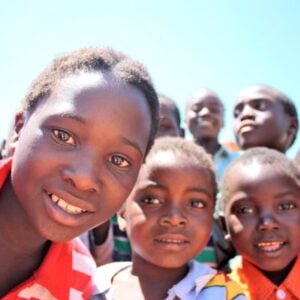The International Organization for Migration (IOM) is intensifying its efforts to contain Mpox in West and Central Africa by reinforcing border health systems and ensuring that mobile and hard-to-reach communities are included in national and regional response plans. By working closely with government health authorities and international partners, IOM has deployed technical expertise, operational surge teams, and logistical resources to strengthen coordination, enhance disease surveillance at borders, and conduct population mapping to target interventions effectively in high-risk transit areas.
Sylvia Ekra, IOM’s Regional Director for West and Central Africa, emphasized that health services must reach everyone, including mobile populations, noting that equipping frontline responders in border areas is critical to timely detection, prevention, and response. Border regions in the region are particularly vulnerable due to high cross-border movement, porous boundaries, and limited healthcare infrastructure, making targeted interventions and cross-border collaboration essential to protect both local and mobile populations.
IOM leverages its strong presence in these border areas to act swiftly in coordination with local systems, strengthening surveillance and improving preparedness and response capacity. Across West Africa, the organization is working with governments and partners to enhance health security and preparedness at points of entry. In Guinea, over 166,000 travelers have received health screenings and vaccinations through the efforts of 60 community agents at 12 points of entry. In Sierra Leone, mobility mapping exercises in key districts guide authorities in targeting prevention and outreach efforts. Togo has reinforced disease surveillance and referral systems with 50 trained community volunteers operating across 15 points of entry. In Ghana, IOM, WHO, and partners convened a two-day strategic engagement on the Health, Border, and Mobility Management Framework to align preparedness measures, safeguard public health, and support safe human mobility.
The Health, Border, and Mobility Management Framework helps stakeholders understand the impact of human mobility on communicable disease preparedness and response, contributes to outbreak surveillance and management, and supports the development of mobility-sensitive health systems. While Mpox is no longer classified as a public health emergency of international concern, border areas remain particularly vulnerable due to high mobility, limited access to health services, and weak surveillance systems.
Despite the growing risk, only 10 percent of IOM’s USD 46 million funding appeal for Mpox preparedness and response in Africa has been secured, leaving critical gaps in resources. Additional support from donors and partners is urgently needed to sustain life-saving interventions, protect vulnerable communities, and strengthen health systems across the region.







